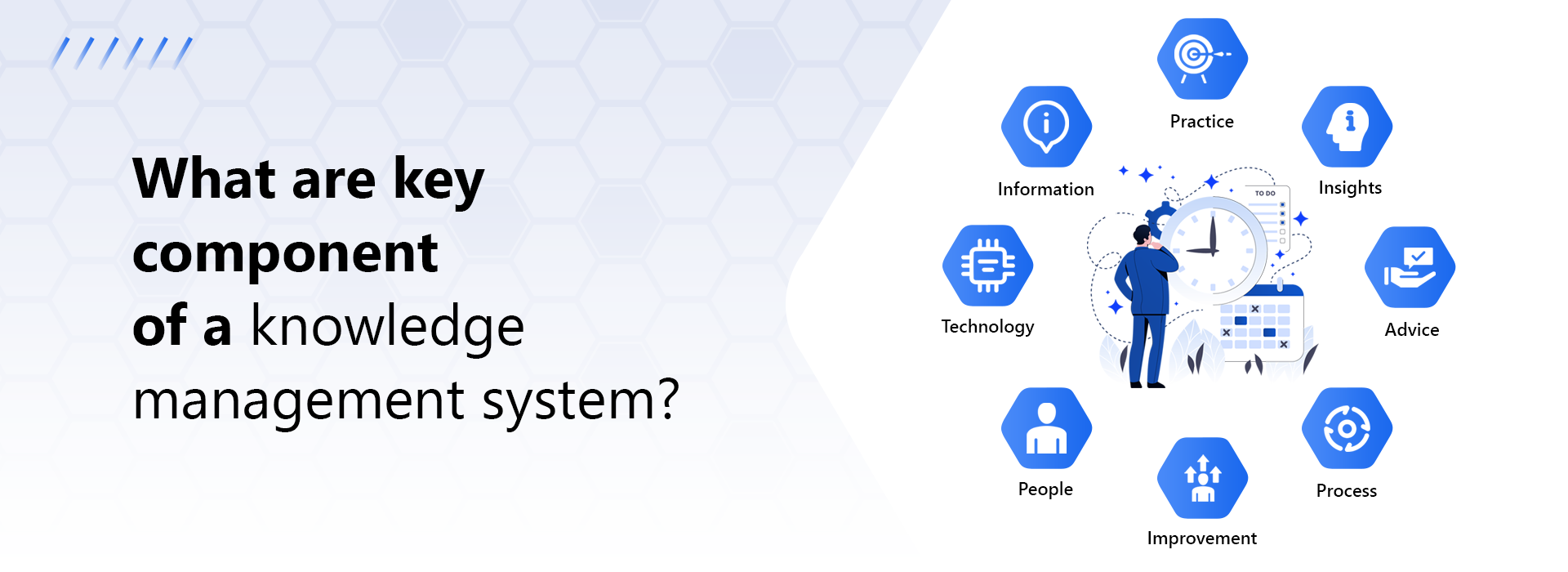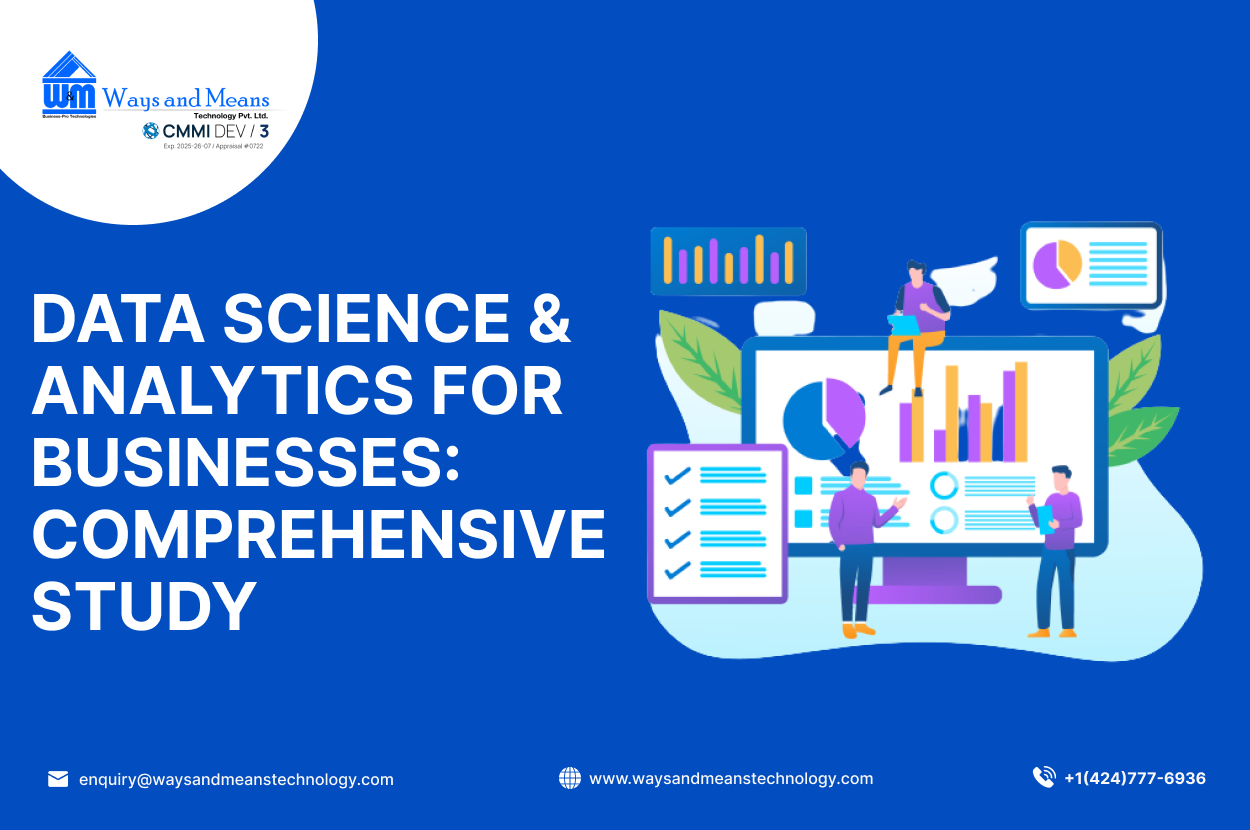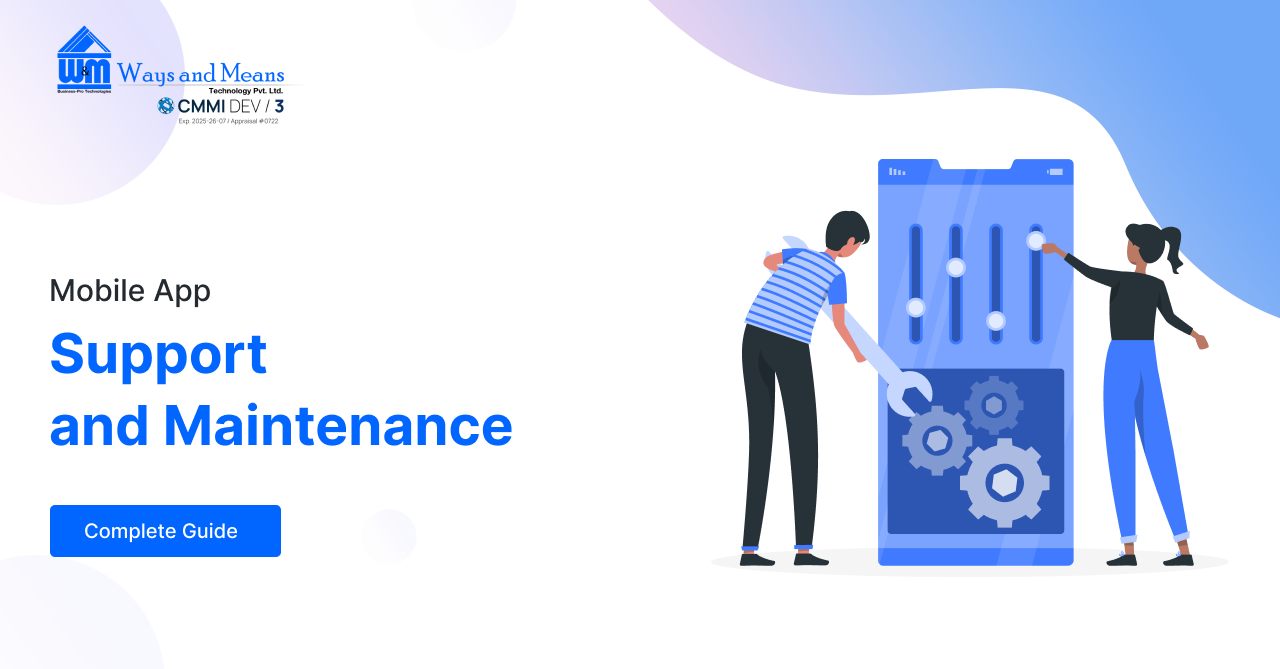The key components of a knowledge management system typically include the following:
- Knowledge Capture: This component is responsible for collecting, creating, and storing knowledge in a structured and organized manner. This can include data from internal and external sources, such as documents, emails, web pages, and social media.
- Knowledge Representation: This component is responsible for organizing and structuring the knowledge so that it can be easily searched, shared, and reused. This can include the use of taxonomies, ontologies, and other forms of metadata to represent the knowledge.
- Knowledge Access: This component is responsible for providing users with the ability to search, find, and access the knowledge in the system. This can include search engines, directories, and other forms of navigation to help users find the knowledge they need.
- Knowledge Dissemination: This component is responsible for distributing and sharing the knowledge within the organization. This can include the use of email, web portals, and other forms of communication to make the knowledge available to the right people at the right time.
- Knowledge Reuse: This component is responsible for encouraging the reuse of knowledge within the organization. This can include the use of best practices, templates, and other forms of knowledge sharing to help people find and use knowledge that has been created by others.
- Knowledge Feedback: This component is responsible for providing feedback on the use of the knowledge in the system. This can include the use of metrics, analytics, and other forms of monitoring to track how the knowledge is being used, and how it can be improved.
- Content/document management: This component is responsible for organizing and storing information, such as documents, images, and videos, in a centralized location. It enables users to access, search, and retrieve the information they need.
- Search and retrieval: This component enables users to quickly find the information they need by providing advanced search capabilities and indexing techniques.
- Collaboration tools: This component allows multiple users to work together on a project, such as a team wiki or discussion forum. It fosters collaboration and knowledge sharing among team members.
- Metrics and analytics: This component provides data and insights into how knowledge management systems are being used and their effectiveness. This enables organizations to measure the success of their knowledge management initiatives.
- Taxonomy and categorization: This component is used to classify and categorize information into meaningful categories, making it easier to locate and retrieve.
- Security and access control: This component ensures that sensitive information is protected and only accessible to authorized users, while providing appropriate levels of access to information for all users.
- Personalization: This component allows users to customize their experience and receive personalized content based on their role, job function, and preferences.
- Workflow management: This component enables the automation of processes and tasks related to knowledge management, such as the approval and publication of information.
- Integration with other systems: This component allows the knowledge management system to integrate with other systems, such as customer relationship management (CRM) and enterprise resource planning (ERP), to ensure that information is shared and updated across the organization.
- User feedback and ratings: This component allows users to provide feedback and rate the quality of information, helping to ensure that the information being shared is accurate and relevant.
- Machine learning: This component uses artificial intelligence (AI) and machine learning algorithms to improve the efficiency and accuracy of the knowledge management system. For example, it can recommend relevant information to users based on their past search and access patterns, or automatically categorize and tag information.
- Mobile access: This component allows users to access knowledge management systems from their mobile devices, providing them with access to information and collaboration tools from anywhere, at any time.
- Social collaboration: This component leverages social media and other collaboration tools to enable users to share knowledge, ask questions, and connect with others within the organization.
- Knowledge transfer: This component enables organizations to manage the transfer of knowledge from one employee to another, such as during employee transitions or retirements, to ensure that important information is not lost.
- Continuous improvement: This component provides organizations with a framework for continually improving the knowledge management system and ensuring its alignment with the organization’s goals and objectives.
- Gamification: This component adds game-like elements to the knowledge management system, such as points, rewards, and badges, to encourage user engagement and increase knowledge sharing.
- Data visualization: This component provides visual representations of data and insights, making it easier for users to understand and analyze information.
- Natural language processing: This component uses NLP algorithms to analyze and process human language, making it easier for users to search for and retrieve information using natural language queries.
- Knowledge discovery: This component enables organizations to discover hidden patterns, relationships, and insights in their knowledge data, helping them to make more informed decisions.
- Multi-lingual support: This component provides support for multiple languages, making it easier for organizations with a global presence to manage and share knowledge.
A Knowledge Management System (KMS) is an important tool for enterprises looking to increase efficiency, productivity and competitiveness. Knowledge management software provides a centralized platform for storing, organizing and sharing information within an organization. The development of a KMS is crucial for enterprises as it can lead to improved decision-making, reduced duplication of effort and enhanced customer service.
KMS development involves the creation of a platform that allows employees to easily access and share information. The software must be intuitive and user-friendly, allowing employees to find what they need quickly and efficiently. This can be particularly useful in large organizations where employees may be located in different departments or even different countries.
Developing a knowledge management system also involves defining and categorizing the information that will be stored. This information can include company policies, procedures, customer information, training materials and more. The KMS should be designed to be easily searchable, so that employees can quickly find the information they need.
In conclusion, the development of a Knowledge Management System is a valuable investment for any enterprise. With a centralized platform for storing, organizing and sharing information, companies can improve decision-making, reduce duplication of effort and enhance customer service. The development of a KMS is crucial for the success of any enterprise looking to stay competitive in today’s fast-paced business environment.
Ways and Means Technology is the leading provider of Knowledge Management System (KMS) software development. Our innovative technology platform is designed to help organizations manage and share their knowledge efficiently and effectively.
With our KMS software, organizations can streamline the process of capturing, storing, and sharing their knowledge, leading to increased productivity, improved customer satisfaction, and reduced costs. Our software integrates with existing systems and processes, making it easy for organizations to adopt and start using right away. We understand the importance of protecting sensitive information, and our software is designed with security in mind.
My Upcoming Articles on Knowledge Management System that might also interest you:
- Why is Knowledge Management System important for your enterprise ?
- What are key component of a knowledge management system?
- Types of Knowledge Management Systems.
- What are the advantages and disadvantages of Knowledge Management Systems?
- Are knowledge management system proving to be helpful?
- What is the Role of Knowledge Management Systems in businesses ?
- Can knowledge management systems help businesses in developing sustainable competitive advantage?
- Knowledge management system development lifecycle.
- What are first steps or initial steps to developing a knowledge management system ?
- How to define the requirement for Knowledge Management system for your enterprise?
- What should be the development approach towards Knowledge Management system ?
- Points to remember while developing Knowledge Management System for your enterprise ?
- What should you look for development partner for your enterprise knowledge management system development project ?
- Most important 20 features of knowledge management system.
- How to Make most out of your Knowledge management system?




